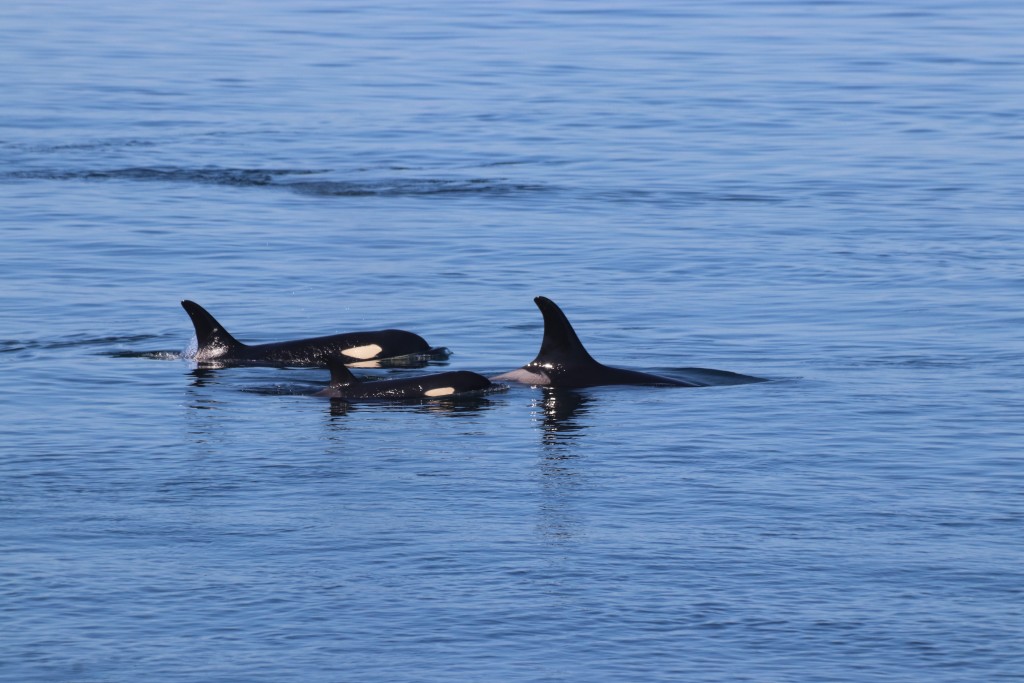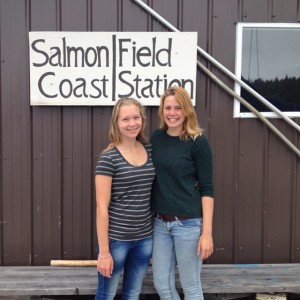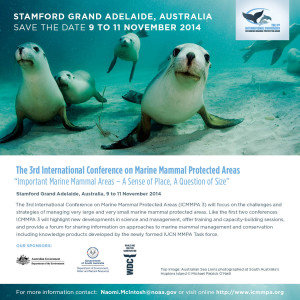The critically endangered southern resident killer whale population now numbers 74 individuals. The ability of the population to recover is hindered by a perfect storm of threats—not enough salmon, too much noise, and toxic chemicals affecting calf survival—but lack of access to salmon is at the eye of that storm.
We need to recover Chinook salmon stocks throughout the whales’ range.
We support all efforts to do so. We support dam removal, where this will get more salmon into the environment. We applaud the recent announcement to reduce salmon fishing quotas until the whales recovery, which will reduce our competition with the whales. While we wait for those measures to take effect, we need your help to give the whales a fighting chance to find as many of those salmon as possible in a noisy ocean.
We need to give the whales a quiet place to hunt for salmon
Our work has shown that killer whales spend 18-25% less time feeding on salmon when boats are around than when they are undisturbed. We have found that the southern resident killer whale population needs 662 big, fat Chinook salmon each day. We have found that mothers with calves need 43% more calories, more salmon, than adult females without calves.
A protected area can help the whales if we put it in the right place.
We have found that killer whales are more vulnerable to disturbance when they are feeding than when they are travelling from A to B. They also need more salmon. We have identified areas that whales use preferentially for feeding. (One is called Salmon Bank. We have a feeling the whales knew this before people did.) We need to bring together all dedicated datasets we can use to identify areas where the whales are finding salmon, so we can prioritize those for protection. Protecting key feeding areas is essential to protecting the whales.
Please support our efforts to keep orca habitat clean, quiet, and full of fat, wild salmon.
PS Thanks to our team, especially Toby Hall, for the great footage, and to our friends at SeaLegacy for help editing this video.




